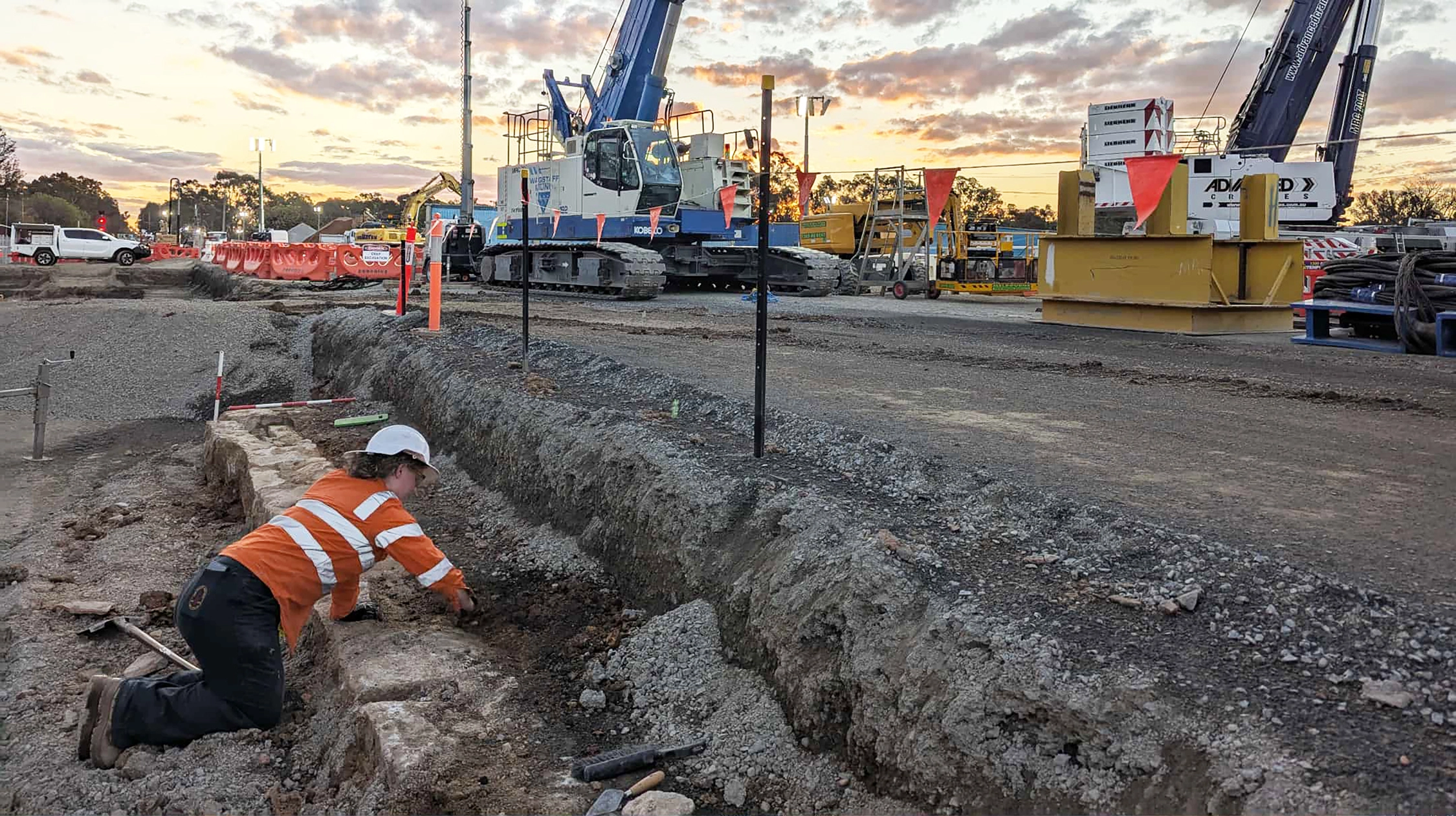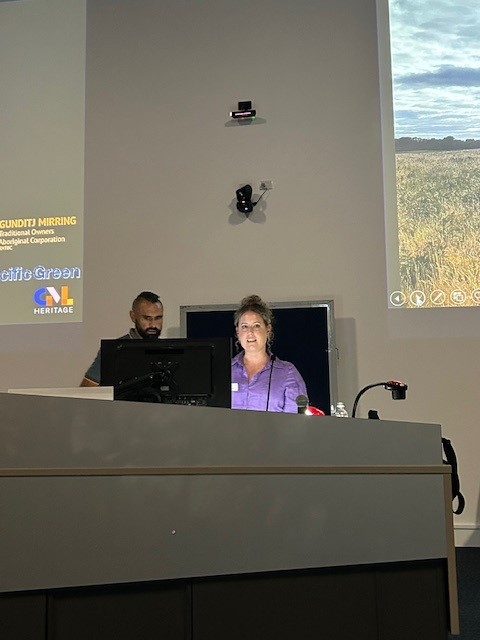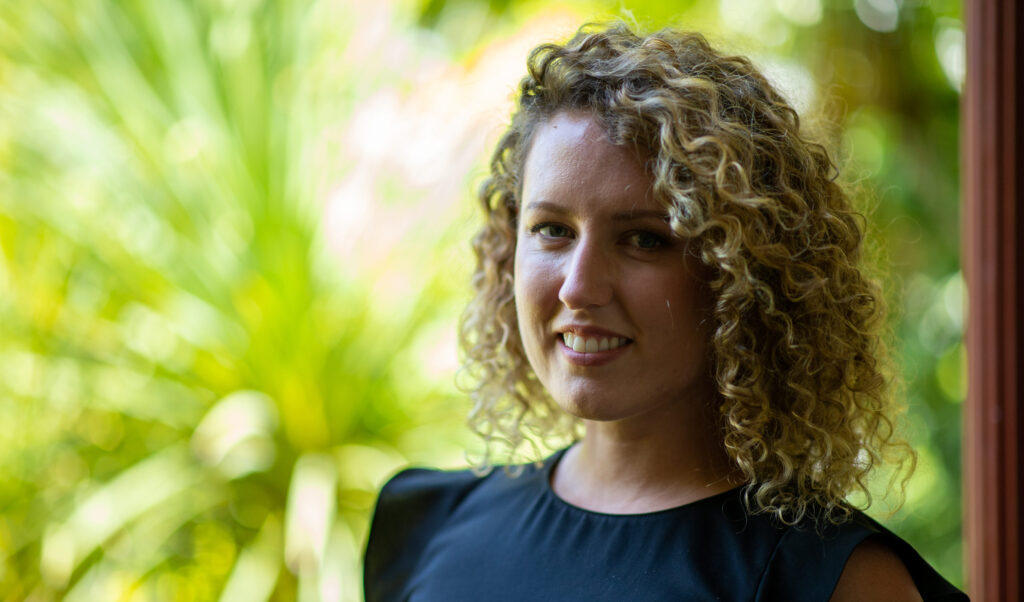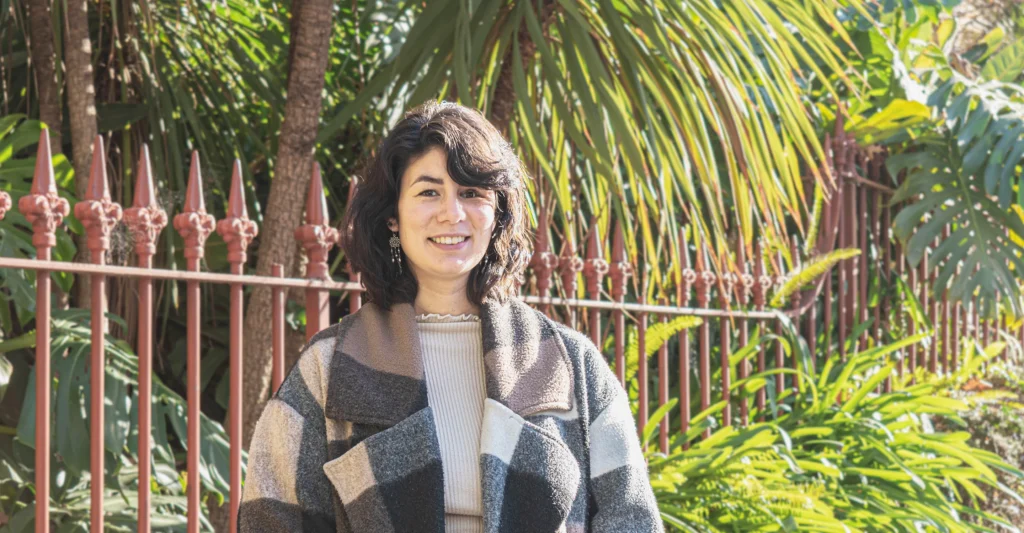
Meet VIC archaeology lead Leah Tepper
Leah Tepper on site during archaeological investigations in North-Eastern Victoria.
Leah Tepper leads our Victorian archaeology team, bringing over a decade of experience and a collaborative approach with clients and Traditional Owners to protect cultural heritage and move projects forward.
Can you tell us about your area of expertise and what you most enjoy about working in heritage in Victoria?
I’ve worked in the archaeological consulting sector for over 11 years and currently lead the Victorian Archaeology team as Manager. My Honours thesis focused on clay tobacco pipes found in historical archaeological contexts in Victoria. However, since graduating in 2013, my professional focus has shifted predominantly to Aboriginal cultural heritage and archaeology, though I’m still yet to find a clay tobacco pipe on a dig!
What I enjoy most about my role is the diversity of the work. I’m involved in everything from Aboriginal place excavations and photographic archival recording to preparing consent applications for historical archaeological sites, cultural values assessments, dry stone wall management plans, and providing strategic advice for masterplans. In my current managerial role, I also support my team in delivering high-quality outcomes, achieving project objectives, and maintaining a safe and supportive workplace. While I now spend more time in the office than in the field, I continue to find the work incredibly rewarding.
What types of projects do you and your team typically work on, and what value do you bring to clients and communities?
Our team delivers a broad range of services, including Cultural Heritage Management Plans (CHMPs), due diligence assessments, historical archaeological assessments, consent applications, strategic heritage advice, cultural values assessments, inductions, and artefact analysis. With the recent addition of Celeste Wing Young to our team, we also now offer materials conservation expertise.
We’re fortunate to work with a team of highly dedicated professionals who are passionate about heritage and maintain strong relationships with Traditional Owner organisations, Registered Aboriginal Parties, and regulatory bodies across Victoria. Our work is grounded in collaboration, and we strive to develop positive and practical heritage outcomes for both our clients and the communities we serve.
Is there a recent Victorian project that stands out for you, and what made it rewarding or challenging?
A recent highlight was a CHMP we undertook for a Battery Energy Storage System (BESS) project in Portland, on Gunditjmara Country. The project involved a comprehensive desktop, standard, and complex assessment in partnership with the Gunditj Mirring Traditional Owners Aboriginal Corporation. The assessment identified a significant number of stone artefacts within sand deposits across the site.
Through genuine collaboration with the client, Gunditj Mirring, we were able to develop design modifications to avoid the most archaeologically sensitive areas. This enabled the project to proceed while significantly minimising impacts to Aboriginal cultural heritage. It was a clear example of how thoughtful design, early engagement, and creative problem-solving can achieve outcomes that respect both cultural heritage and development goals.
From your perspective, what are the key opportunities or challenges for heritage practice in Victoria right now?
In my capacity as Secretary for the Victorian Chapter of the Australian Association of Consulting Archaeologists Incorporated (AACAI), the peak body for consulting and professional archaeologists in Australia, I’ve seen first-hand the growing demand for archaeologists in response to expanding infrastructure and development across Victoria. This increase in workload places considerable pressure on professionals within the sector. To address this, we’ve been focused on providing additional training and support to help archaeologists meet these demands sustainably.
Another significant challenge is the increasing cultural load placed on First Nations Peoples and Aboriginal-owned businesses. A key opportunity lies in shifting how practitioners engage, with a move towards early, meaningful partnerships rather than treating First Nations organisations as stakeholders. This approach leads to stronger heritage protection and more culturally informed, respectful outcomes.

Leah Tepper presenting at this year’s Victorian Archaeology Colloquium alongside Billy Bell from the Gunditj Mirring Traditional Owners Aboriginal Corporation.



